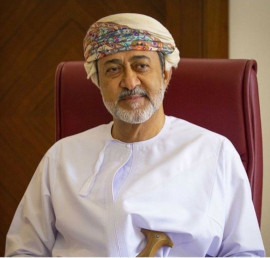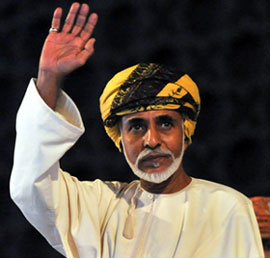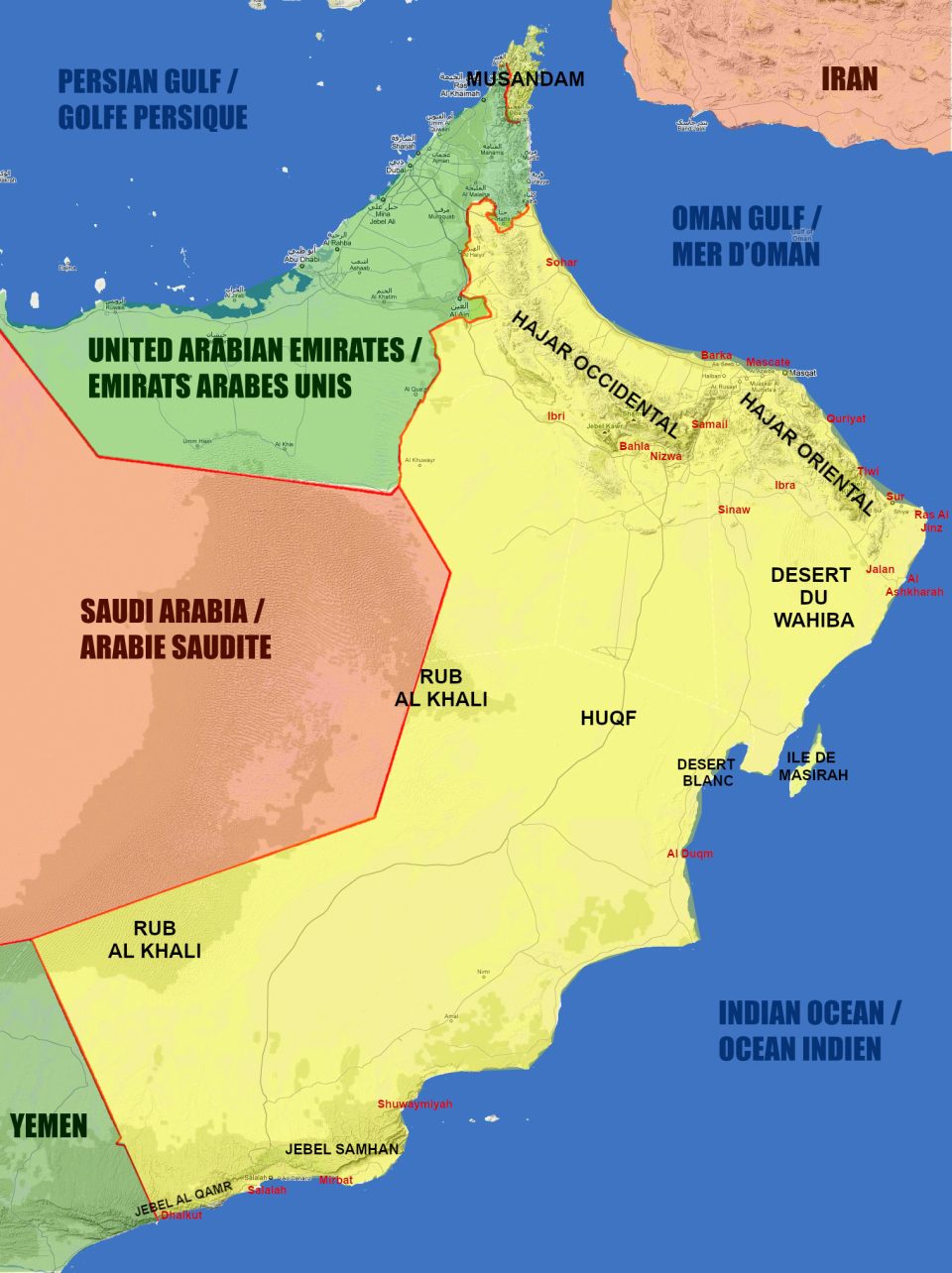Nivel 1
Viajes faciles con paseos cortos pero no verdaderas caminatas.
Nivel 2
Viajes bastante faciles con caminatas faciles y cortas con menos de 300 metros de desnivel (ocasionalmente un poco mas). Siempre hay la posibilidad, para los participantes que desean, de no hacer la caminata ; cuando posible, les ofrecemos un programas alternativo ; si no esperaron en un lugar bonito.
Nivel 2 & 3
Viajes que pueden incluir caminatas de varias horas (hasta 800m de desnivel positivo) y caminatas aquaticas no dificil. Tenemos vehiculos todo el viaje. Si unos no quieren hacer todas las caminatas o todos los barrancos, siempre pueden alcanzar el punto de llegada en los coches y disfrutar tiempo libre en sitios bonitos, o hasta amenudo podemos ofrecer un programa alternativo mas facil.
Nivel 3
Viajes que pueden incluir caminatas de varias horas (hasta 800m de desnivel positivo) y caminatas aquaticas no dificil.
Nivel 4
Viajes que pueden incluir caminatas deportivas (hasta 1200m de desnivel positivo), caminatas aquaticas, y canyoning facil.
Nivel 5
Viajes muy deportivos que pueden incluir largas caminatas (con mas de 1200m de desnivel positivo), via-ferratas, canyoning o recorridos de aventura.
Nivel 6
Viajes orientados hacia la escalada que tambien pueden incluir caminatas acuaticas, bajadas de barrancos, via-ferratas, y recorridos de aventura. Es MANDATORIO tener una primera experiencia de escalada. Se dirige a los escaladores principiantes a confirmados.



